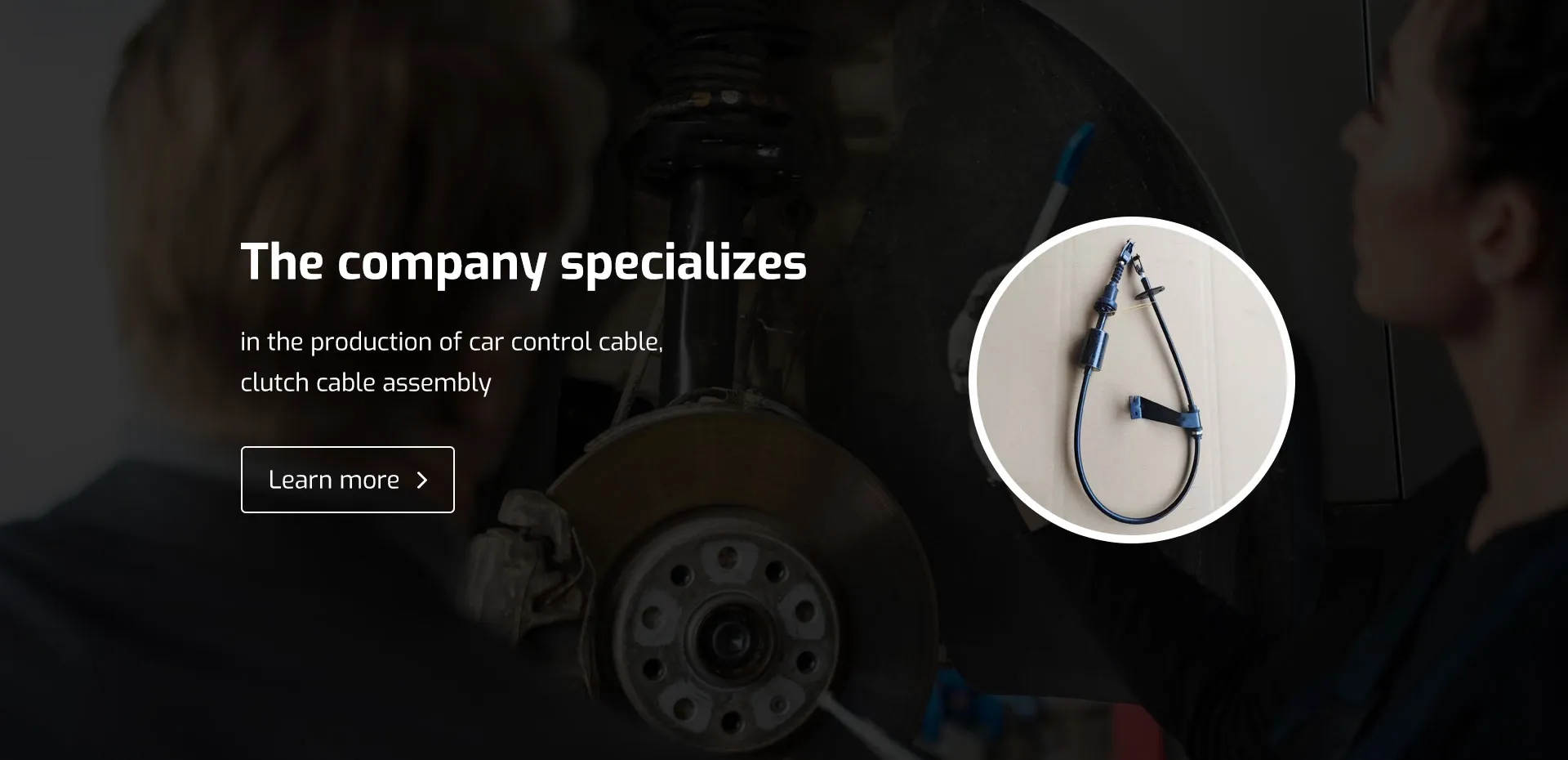cable throttle pedal
Understanding the Cable Throttle Pedal A Key Component in Modern Vehicles
The cable throttle pedal is an essential component in the functioning of many vehicles, especially in traditional internal combustion engine (ICE) designs. It serves as the direct link between the driver's intention to accelerate and the vehicle’s engine response. Understanding how the cable throttle pedal operates can provide insights into automotive technology and mechanical systems.
The Basics of Cable Throttle System
In a conventional cable throttle system, a flexible cable connects the accelerator pedal to the throttle body of the engine. When the driver presses down on the throttle pedal, this action pulls the cable, which in turn opens the throttle plate in the engine's intake system. The opening of the throttle plate allows more air into the engine, thereby increasing the engine's power output and, subsequently, the vehicle’s speed.
One of the primary advantages of a mechanical cable system is its simplicity. It has fewer electronic components than modern drive-by-wire systems, which rely on electronic sensors and motors to control the throttle. However, the mechanical nature of the cable system can introduce a level of direct feedback that some drivers appreciate. When the throttle pedal is pressed, the immediate response of the engine can foster a more engaged driving experience.
Advantages of the Cable Throttle System
1. Simplicity and Reliability Cable throttle systems are relatively simple in design, which can lead to increased reliability. Since there are fewer electronic components that can fail, these systems tend to be durable over the long term. In many cases, maintenance on a cable throttle pedal may only require regular inspections of the cable for wear and proper lubrication.
cable throttle pedal

2. Linear Response The immediate mechanical connection between the pedal and the throttle can provide a more intuitive driving experience. Drivers often report that they feel more in tune with their vehicle’s performance since the throttle response is more direct compared to electronic systems which can sometimes introduce a delay.
3. Cost-Effectiveness For manufacturers, cable systems can be less expensive to produce and maintain. This is particularly important in lower-cost vehicles where keeping production costs down can be a significant advantage.
Challenges and Limitations
Despite their benefits, cable throttle systems are not without their disadvantages. One of the primary concerns is their vulnerability to physical wear and tear. Over time, the cable may stretch, fray, or become obstructed, leading to sluggish or erratic throttle response. This can result in a driving experience that is less precise or even dangerous if the throttle sticks in the open position.
Furthermore, the industry has been shifting toward electronic throttle control (ETC) systems, often referred to as drive-by-wire technology. These systems utilize sensors to detect the position of the accelerator pedal and electronic signals to position the throttle plate. The move towards ETC offers advantages in terms of fuel efficiency, emissions control, and integration with advanced driver-assistance systems.
Conclusion
While the cable throttle pedal may be gradually phased out in favor of more advanced electronic systems, it remains an integral part of countless vehicles on the road today. Understanding its operation sheds light on the relationship between the driver, the vehicle, and the engine. For enthusiasts who appreciate a more mechanical approach to vehicle control, the cable throttle system offers a unique, engaging experience that continues to hold value in the automotive world. As technology progresses, it will be interesting to see how the evolution of throttle control systems affects driving dynamics and automotive design in the future.
-
Workings of Clutch Pipe and Hose SystemsNewsJun.04,2025
-
The Inner Workings of Hand Brake Cable SystemsNewsJun.04,2025
-
The Secrets of Throttle and Accelerator CablesNewsJun.04,2025
-
The Hidden Lifeline of Your Transmission Gear Shift CablesNewsJun.04,2025
-
Demystifying Gear Cables and Shift LinkagesNewsJun.04,2025
-
Decoding Clutch Line Systems A Comprehensive GuideNewsJun.04,2025
